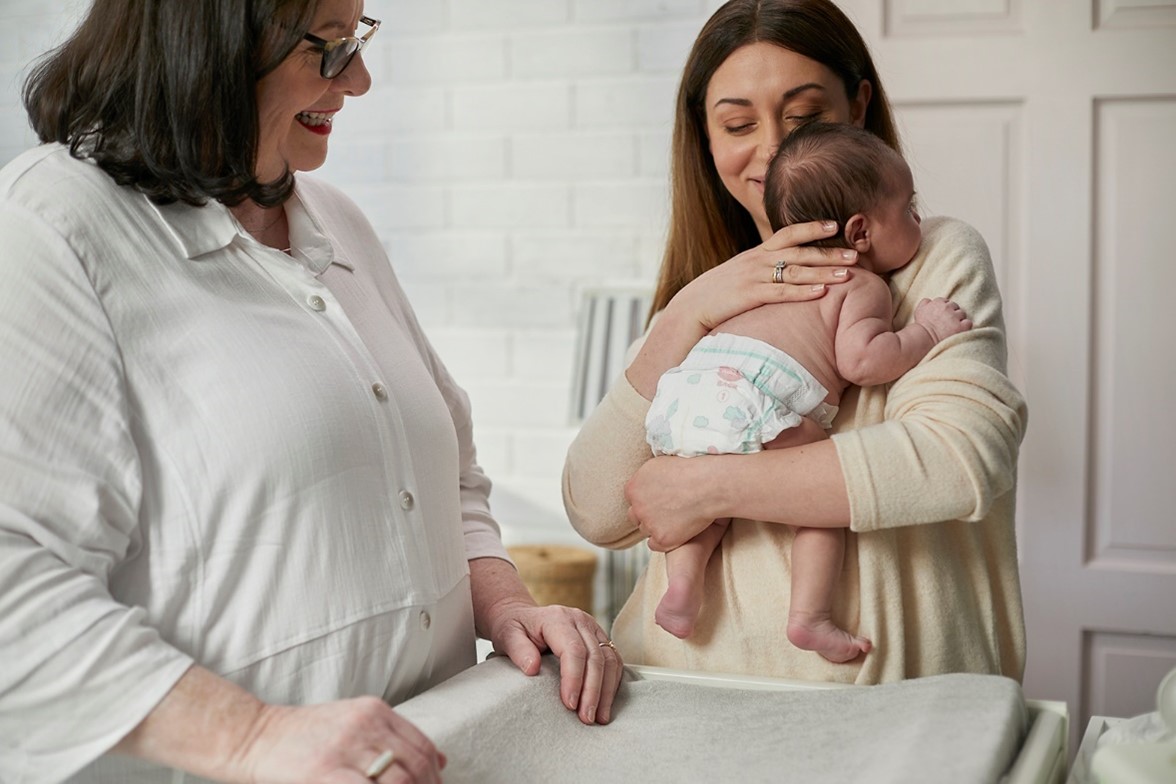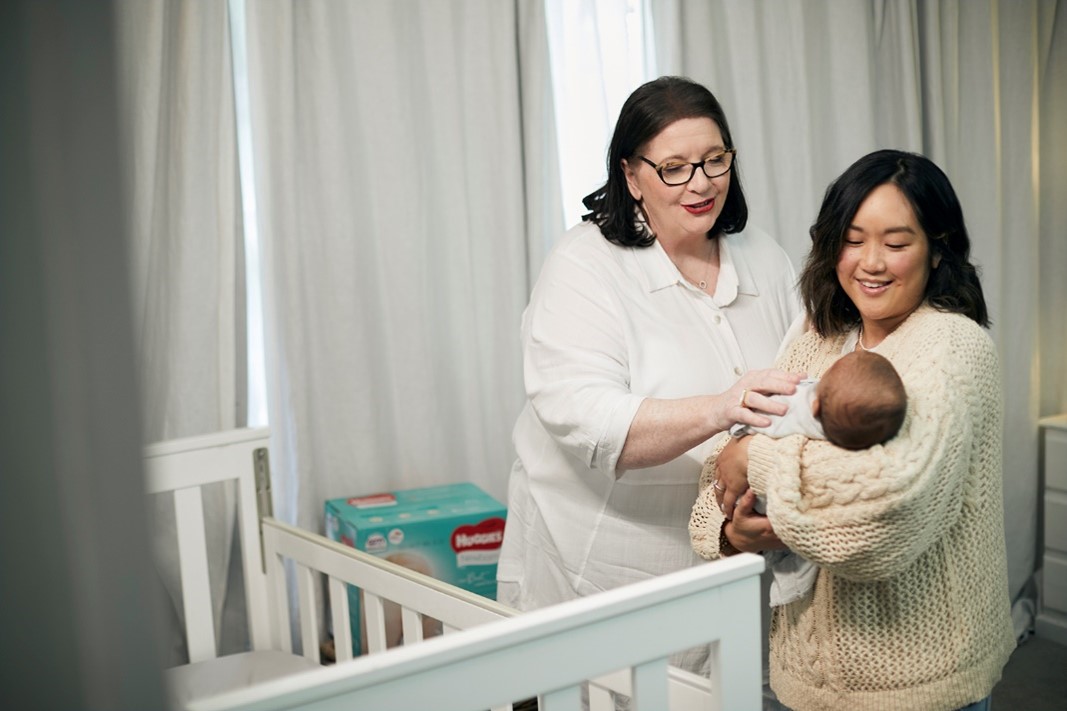The first cry of life
The sound of a baby’s first cries brings joy to everyone in the birthing room. Doctors and midwives love to hear the sound of baby crying, as it indicates the baby’s lungs are functioning and supporting baby to take their first breaths of air. The baby will continue to cry until all the amniotic fluid and mucus is expelled from their system. It's a miraculous part of the whole process and always a great relief.
Crying as communication
In the first, amazing weeks of your baby’s life - crying is their primary way of communicating with you. There’s a lot to get used to in this new world they’ve found themselves in, so there are many reasons babies cry in the early weeks. These can include:
- Baby is exposed or unwrapped: in utero the baby is surrounded by the safe, firm uterus that is their whole world. Suddenly it is removed from that warm haven and delivered into the unknown. Being naked is another reminder they’re no longer in the snug uterus and the freedom can frighten them all over again. For this reason, many babies don’t like being naked or unwrapped, so they’ll cry while you’re changing their nappy or undressing them. You might also notice a ‘startle’ (primitive moro) reflex or jerky movement when your baby is sleeping. This is another response to the unfamiliar space surrounding them. I recommend keeping baby wrapped at all times in the early weeks of life to minimise their reflex response.
>>Watch Midwife Cath’s Guide to ‘Wrapping Baby’
- Baby is sensitive to its surroundings: when babies are born, they are primitive, unaffected newborns. A blank canvas. They don’t have a conscious awareness of what’s around them. It takes some time to get accustomed to their new environment outside the womb. Initially your baby may be sensitive to temperature, so sudden changes from warm to cold for example, like being taken out of a bath, can cause baby to react and cry. Similarly, they may easily fright from loud or unfamiliar noises around them.
- Baby is hungry: just like a hangry adult, your baby will cry to let you know it needs to be fed. In most instances, baby will be soothed quite immediately when provided a feed. Coordinating breathing with eating is a skill that takes some time to learn so often some air will be trapped in their digestive system whilst feeding. Having baby upright and providing a gentle tap on the back after a feed, can help alleviate trapped wind.
- Baby needs a nappy change: no one likes sitting in wet or damp underwear. The same can be said for babies in a soiled nappy. Baby will cry when they feel discomfort, so check in on their nappy status regularly to help avoid this.
>>Watch Midwife Cath’s Guide to ‘Easy Nappy Changes’
Soothing a crying baby
In most situations, all your baby needs to feel comforted is direct connection with you. Babies love to be held close, so I recommend starting with a gentle embrace to help alleviate their cry.
It can be distressing to have prolonged periods with an unsettled baby - but do what you can to stay calm. As your breathing and heartbeat slows, the baby will naturally follow you. Sometimes you can quieten them by holding them skin to skin, letting them hear your heartbeat.
Whilst there are many methods to help sooth your baby, it’s important to only carry out one action at a time. You could try gentle patting, quiet shushing, light bouncing, softly singing and talking to the baby can ease their distress.
If a baby is crying and cannot be soothed, it’s important to ensure the baby does not have a high temperature or is unwell. If you are worried about your baby’s crying, always seek advice from a medical practitioner. Remember you know your baby the best and you will notice any change in behaviour and abnormalities in the way the baby is crying.
There will be times a crying baby may upset, frustrate and exhaust you. Try to be patient with baby and remember, crying is the key to life and your baby’s way of communicating with the world. If you feel worried, always reach out for some help and support.


Last Published* May, 2024
*Please note that the published date may not be the same as the date that the content was created and that information above may have changed since.














